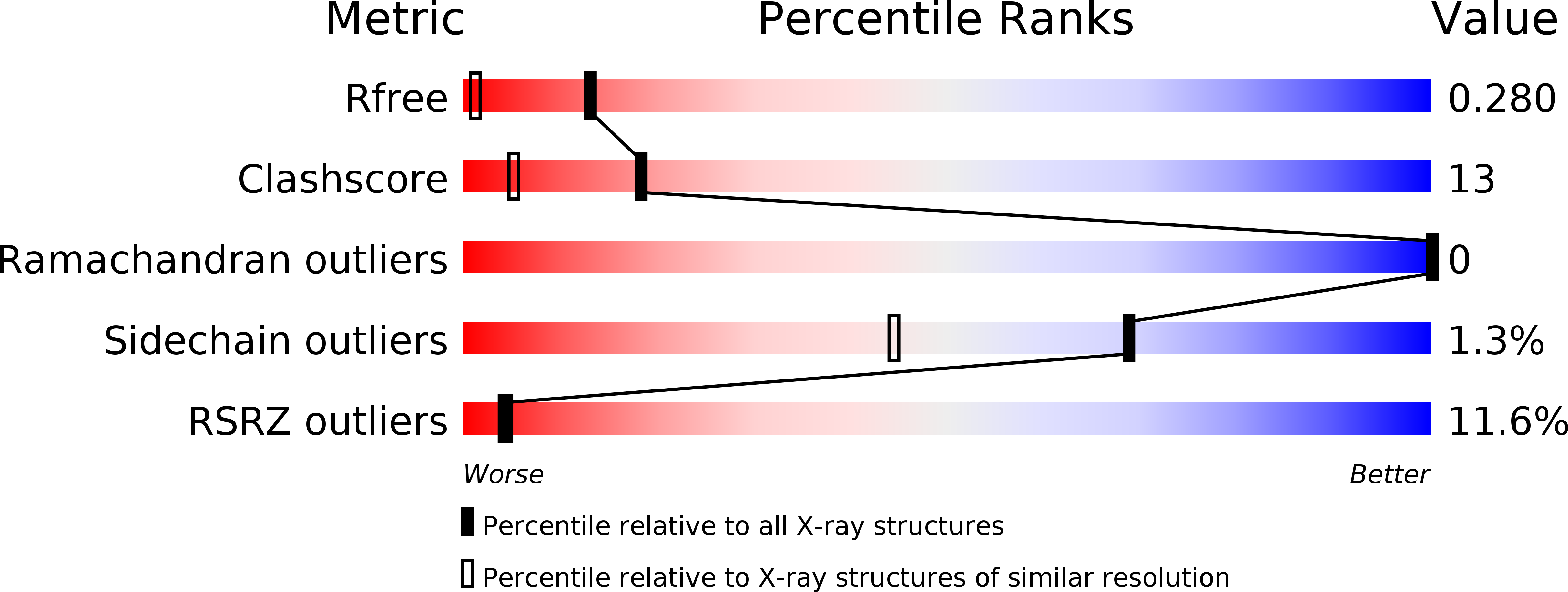
Deposition Date
2002-11-14
Release Date
2003-08-12
Last Version Date
2024-03-13
Method Details:
Experimental Method:
Resolution:
1.50 Å
R-Value Free:
0.27
R-Value Work:
0.25
R-Value Observed:
0.25
Space Group:
P 65 2 2


